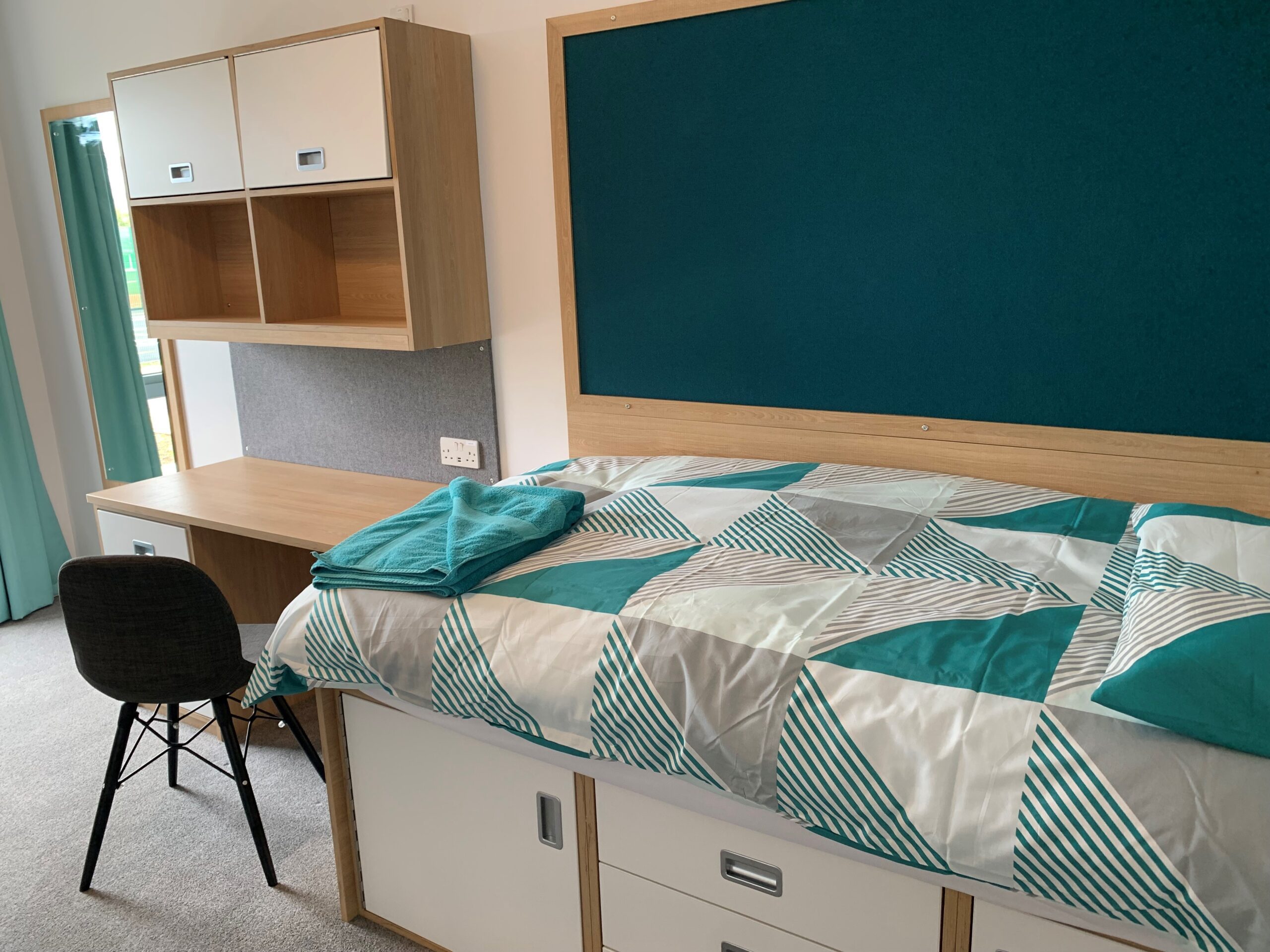Alleviate supply chain risks by ordering School Furniture early

Planning and designing large scale school furniture projects as early as possible provides a whole host of benefits, but furniture is often one of the last considerations in a project.
We wanted to highlight a few of the key benefits of ordering school furniture early alleviating supply chain risks and ensuring refurbishments are delivered on time.
Securing Materials
One of the most significant advantages of placing orders early is the ability to secure materials before demand increases during the spring months. As demand for furniture can fluctuate, particularly during peak refurbishment seasons, early orders ensure that suppliers have access to the raw materials they need without facing shortages. This proactive approach helps avoid the risk of extended lead times.
Cost Management
By ordering furniture early, schools can lock in prices, protecting budgets from unexpected inflation. This cost certainty allows for better financial planning and ensures that a school can maintain as much control as possible of budget.
Improved Planning and Logistics
Early ordering provides schools with more time to plan logistics around delivery and installation. This additional time can help coordinate with contractors and minimise disruption to the school environment.
Schools can schedule installations during non-peak times or holidays, ensuring a smooth transition and reducing downtime for students and staff.
By placing your order early, you have the benefit of reserving your preferred delivery and installation dates to fit in with your project timelines.
Enhanced Flexibility
By ordering school furniture early, schools can accommodate changes in project scope or design. Should preferences evolve or unexpected needs arise, having early orders in place gives schools the flexibility to adapt without risking delays. This agility is essential for maintaining the overall timeline of refurbishment projects.
By securing materials, managing costs, improving planning, enhancing flexibility, and strengthening supplier relationships, schools can alleviate supply chain risks effectively. This approach not only safeguards refurbishment timelines and budgets but ultimately contributes to creating a more functional and inviting learning environment for students and staff.
Stay up to date with furniture design trends
Subscribe to our newsletter and follow us on Twitter or LinkedIn.
